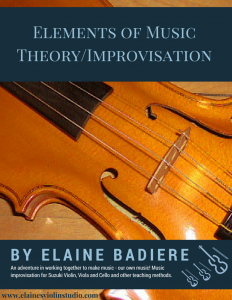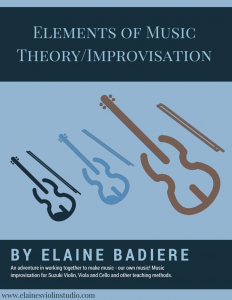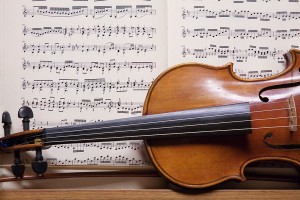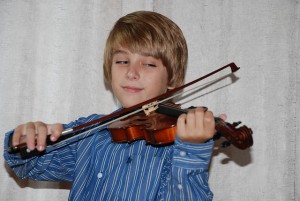I have been asked before
“How do you get started doing improvisation with the Suzuki Method?”
Well, I answer by explaining the steps I take with each student.
I have my young students learn to play the one octave A major, D major and G major scales, first in pizzicato, and then using rhythmic bow strokes. We sing a little song to learn the scale:
The little train goes up the hill. The little train comes down again.
Singing the notes of the scale to the words above, is quite easy and once they can sing it, they can play it. Once they play it on the violin, I tell them that they have just played the A major scale.
While they are learning the book 1 pieces, I have them use only the notes of one of these scales (they pick which one) to make up a little tune. I like to take advantage of the time and effort they are putting into playing the little folk tunes from the first half of the Suzuki Violin School Book 1. During this time, they are listening to the book 1 CD, also singing words to the tunes and then reproducing the tunes on the violin. I think that is a good time to let them start to make up their own tunes also. When we begin to improvise, we start by mixing up the notes of the scale we have chosen to make one phrase of music. There is only one rule:
“Start on the key note – the first note of the scale you have chosen – and end on the same note. Do whatever you want to in between.”
We keep doing that until it is easy. Then we add meter and when the student is ready, we can use the metronome for the beat.
Then as they learn the arpeggios, we can ease into the use of chords that fit under a tune, i.e. Twinkle. I plan to address these concepts a bit further in my next post.
Below is a another video of brothers Tristan and Zane, playing a fiddle arrangement found in a collection by Carol Ann Wheeler of the folk tune, Go Tell Aunt Rhody, plus improvisation around that tune.





